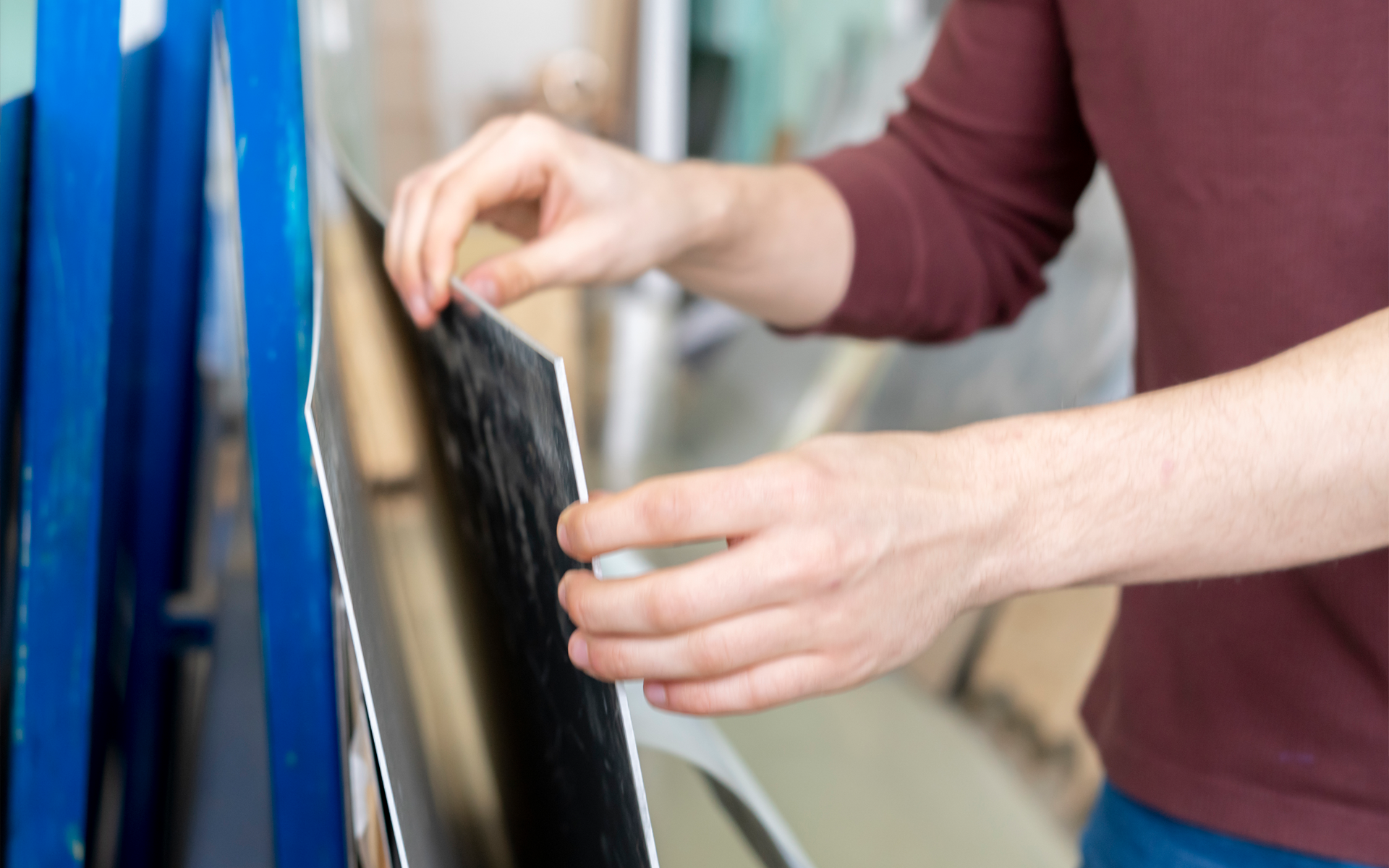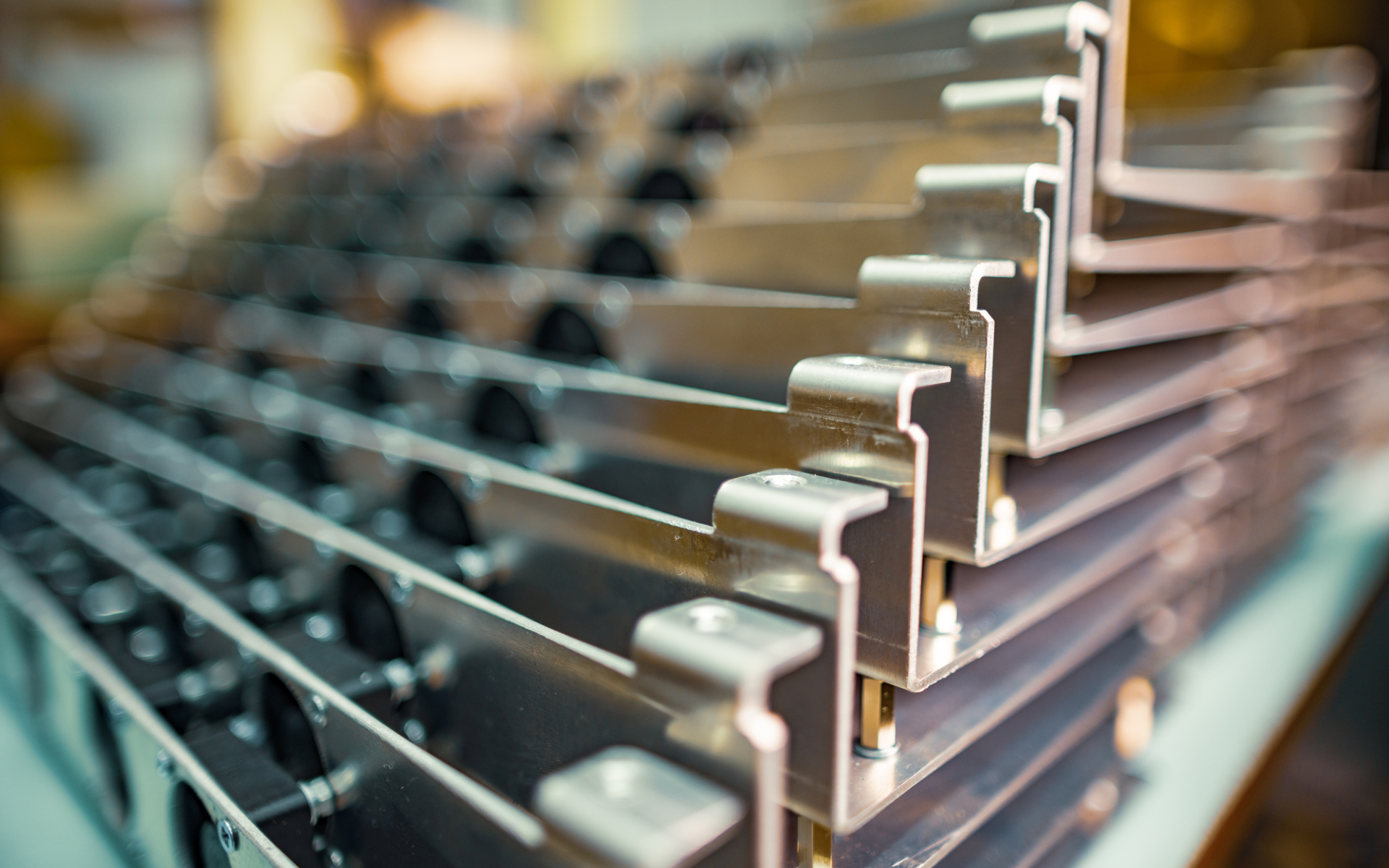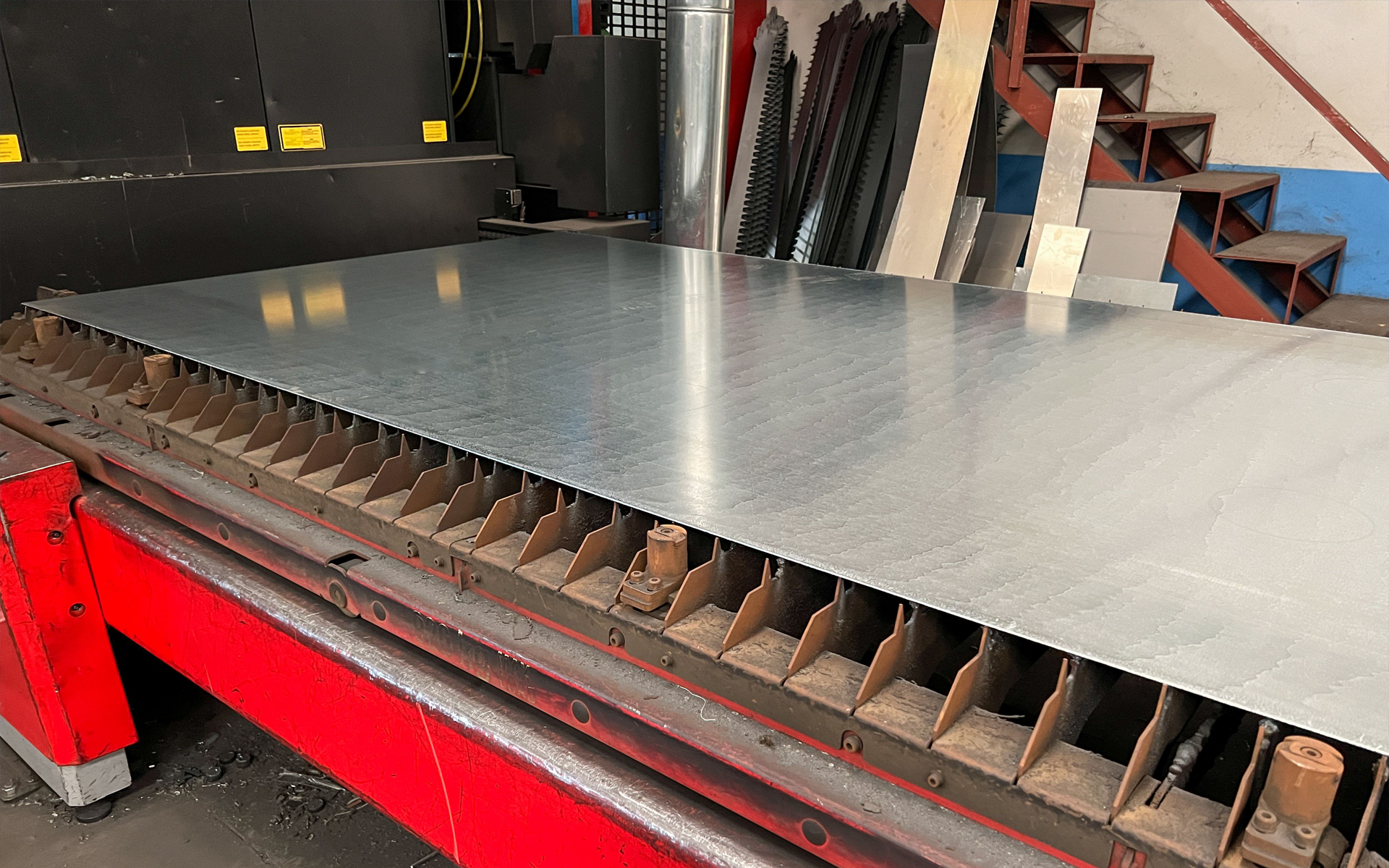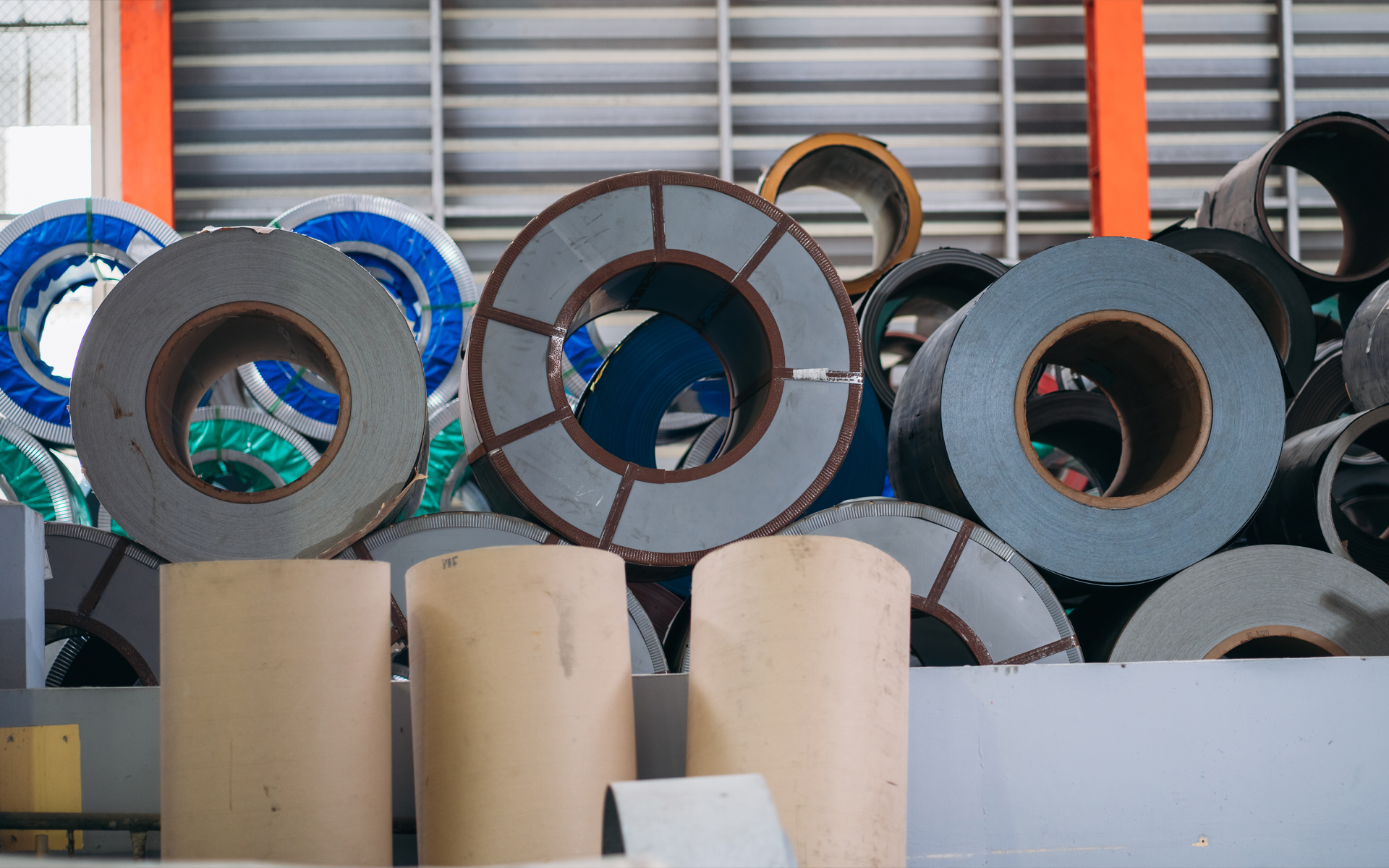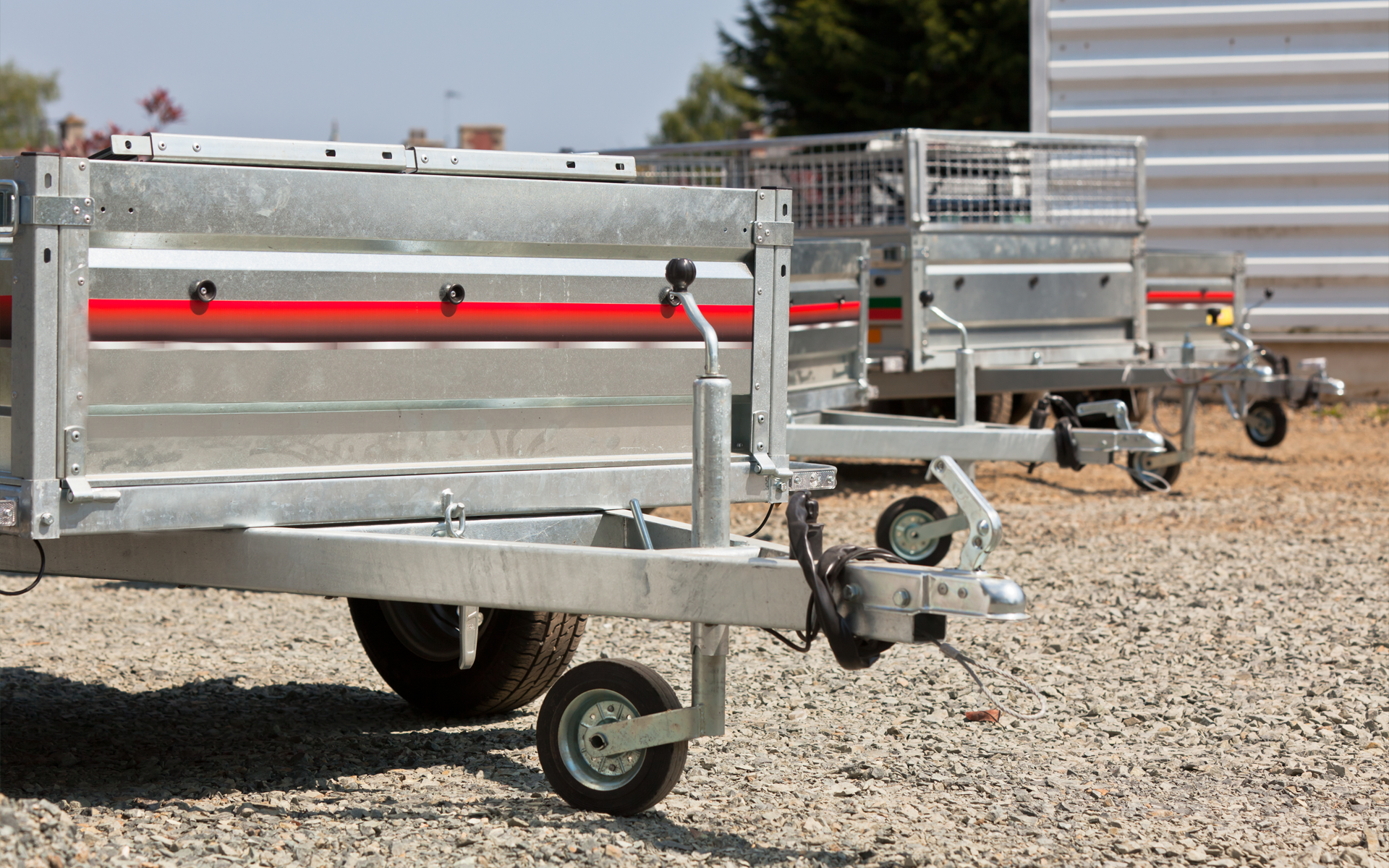T1 vs A514 vs AR400: Which Structural Steel Is Right for You?

When it comes to selecting high-performance structural steel for demanding applications, three grades frequently stand out: T1 steel, A514 steel, and AR400. Each of these materials has unique mechanical properties, fabrication characteristics, and ideal use cases. Whether you’re engineering a heavy-duty structure, building equipment, or reinforcing high-wear components, understanding the differences between these steels is key to project success.
In this comprehensive comparison, we’ll break down how T1 vs A514 vs AR400 stack up in terms of strength, toughness, weldability, and wear resistance. As a leading processor and supplier of all three materials, Olympic Steel helps customers match the right grade to their application and deliver it cut, formed, and ready for fabrication.
What Makes These Steel Grades Different?
While T1, A514, and AR400 are sometimes used interchangeably in conversation, they each have specific definitions and properties.
- T1 Steel is a trade name historically associated with ASTM A514. It's known for high yield strength and good toughness, often used in structural and construction applications.
- A514 Steel is the ASTM specification that defines quenched and tempered alloy steel plate with high yield strength and tensile strength.
- AR400 Steel is an abrasion-resistant steel known for its surface hardness and wear resistance, rather than structural performance.
Understanding these distinctions is vital for selecting the appropriate grade.
Mechanical Properties Comparison
Let’s compare the key mechanical attributes of each grade:
| Property | T1 / A514 | AR400 |
|---|---|---|
| Yield Strength | 100,000 psi (min) | ~155,000 psi |
| Tensile Strength | 110,000–130,000 psi | ~180,000 psi |
| Hardness (BHN) | ~235–290 BHN | ~360–440 BHN |
| Elongation | ~18% | ~17% |
| Heat Treatment | Quenched & tempered | Through-hardened |
| Weldability | Moderate (preheat often required) | Moderate to good |
T1 and A514 are structurally optimized, offering high strength-to-weight ratios ideal for load-bearing applications. In contrast, AR400 is focused on surface hardness and is not governed by structural specifications like yield strength.
T1 / A514: Structural Strength and Durability
T1 (A514) steel is a popular choice for demanding structural applications where high strength is required without increasing material thickness.
- Applications include: Construction cranes
- Heavy machinery frames
- Mining equipment arms
- Trailer chassis and components
- Bridge support structures
These plates are typically 1/4" to 2" thick and available in several grades based on their mechanical requirements (e.g., A514 Grade B, H, E, Q). Olympic Steel processes T1/A514 steel with plasma cutting, forming, and primer coating services.
Key Advantage: T1 and A514 allow designers to reduce material weight while maintaining load capacity, which translates to performance and cost benefits.
AR400: Engineered for Abrasion Resistance
Unlike A514 and T1, AR400 is built for resisting surface wear rather than supporting structural loads. It is used when components are exposed to scraping, sliding, or impact in high-wear environments.
Typical uses include:
- Truck bed liners
- Loader buckets and blades
- Hoppers and chutes
- Recycling equipment
- Paving and crushing tools
While its yield and tensile strengths are higher than A514 on paper, AR400 lacks the ductility and toughness to perform well under structural stress or repeated flexing. It also tends to be more challenging to weld.
Key Advantage: AR400’s wear life is superior in surface-contact environments, especially where materials move or grind against steel surfaces.
T1 vs A514: What’s the Difference?
Technically, T1 is a proprietary name that once referred to ASTM A514. Today, most suppliers including Olympic Steel treat T1 and A514 as equivalent or compatible materials.
However, customers may still specify "T1 steel" for legacy reasons or out of habit. It’s important to verify the grade by ASTM standard and mechanical properties.
At Olympic Steel, we treat both names as interchangeable, unless a customer has specific mill cert or spec requirements that dictate otherwise.
T1 vs AR400: When to Choose One Over the Other
While T1 and AR400 can both appear on spec sheets for heavy-duty applications, their intended uses differ:
- Choose T1 (A514) when load-bearing, weldability, and structural integrity are priorities.
- Choose AR400 when abrasion and surface wear dominate the performance needs.
In short, AR400 is often used for parts that take punishment, while T1/A514 is for parts that carry loads. Olympic Steel supports both with accurate cutting, nesting, and job-ready deliveries.
Fabrication Considerations
Welding:
- Choose T1 (A514) when load-bearing, weldability, and structural integrity are priorities.
- Choose AR400 when abrasion and surface wear dominate the performance needs.
Forming:
- T1 and A514 allow moderate forming but may require heat or multiple passes for thick plates.
- AR400 is more difficult to form and prone to cracking without careful prep.
Machining:
- All three grades can be machined, but AR400's hardness may require carbide tooling.
Olympic Steel provides technical guidance on cutting, forming, and welding procedures for all steel grades, including A514 and AR400.
Industry Applications Breakdown
| Industry | T1 / A514 Use | AR400 Use |
|---|---|---|
| Construction | Cranes, structural frames | Loader buckets, skid plates |
| Transportation | Trailer frames, railcar parts | Wear pads, floor liners |
| Mining & Aggregate | Conveyor supports, boom arms | Crusher liners, screen plates |
| Heavy Equipment | Arms, subframes, structural mounts | Blade edges, wear shoes |
| Recycling & Demolition | Shear structures, material guides | Abrasive contact surfaces |
Olympic Steel supports fabricators and OEMs in these sectors with dependable material supply, mill certifications, and cut-to-spec components.
FAQs: Structural Steel Comparison
Is T1 the same as A514?
In most modern applications, yes. T1 is a trade name that refers to ASTM A514 plate. Always confirm spec requirements with your supplier.
Which is stronger AR400 or A514?
AR400 has higher tensile numbers but is not intended for structural use. A514 offers superior strength for load-bearing applications.
Can I use AR400 instead of T1?
Not in structural applications. AR400 lacks the necessary toughness and ductility for safe structural performance.
What thicknesses are available?
Olympic Steel supplies T1/A514 and AR400 in a variety of thicknesses typically from 1/4" to over 2", depending on the grade.
Do you offer processed T1 and AR400 plate?
Yes. We offer plasma cutting, forming, machining, and primer coating in-house.
Final Thoughts: Choosing the Right Steel
There’s no one-size-fits-all answer when comparing T1 vs A514 vs AR400. Your selection depends on the function of the part, fabrication needs, and expected service life. If your component needs to support heavy loads or maintain rigidity over time, go with T1/A514. If surface wear is your primary concern, AR400 will perform better.
At Olympic Steel, we supply both categories and help you get the right steel cut, formed, and delivered with precision. Our technical sales and processing teams are here to make your next project a success.
